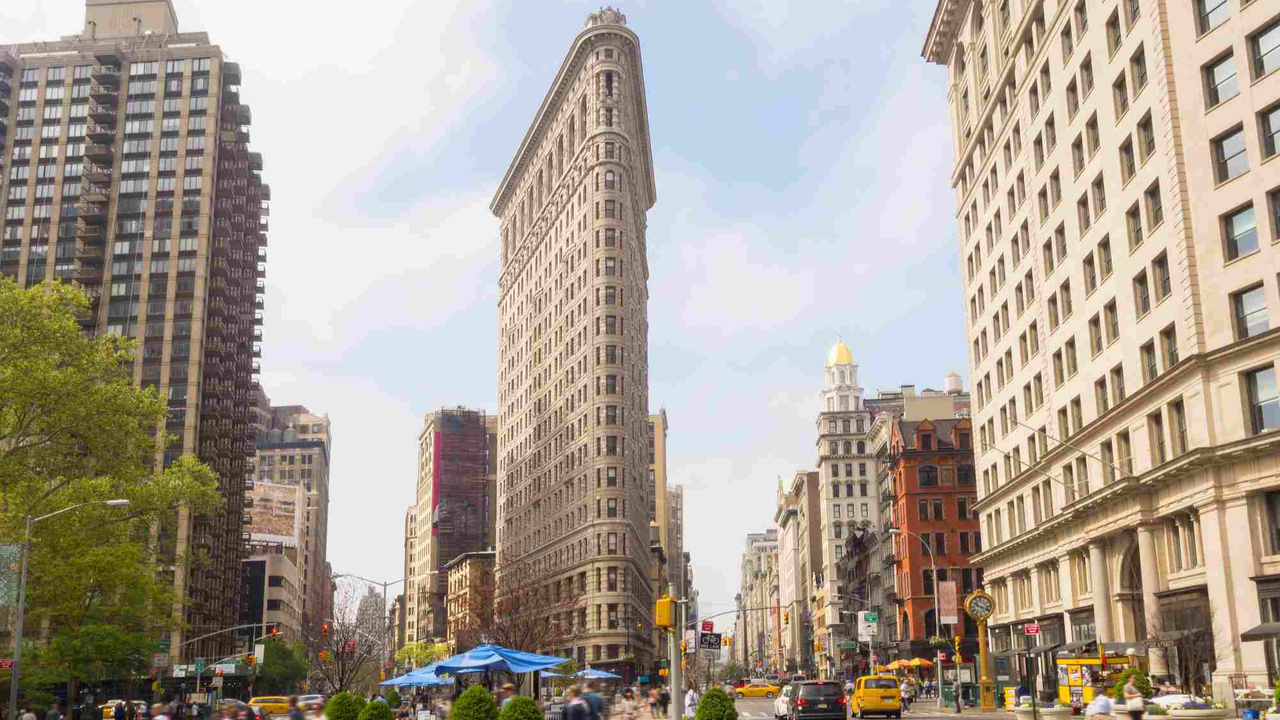Coliving buildings are taking urbanized areas by storm, with properties across New York and Chicago catering to young professionals in need of affordable housing.
For example, the Collective is a coliving space in the northwest London neighborhood of Willesden Junction where 550 residents pay a monthly rent starting at £1,085 for hotel-sized rooms with various other amenities like a cinema room, a coworking space, as well as as a restaurant and bar.
“I was looking for flexibility rather than being sucked into the cycle of letting agents, paying £2,000 each time you move and being locked in a contract,” said Benjamin Webb, who is a community ambassador at The Collective. “The Collective gave me that flexibility, but what kept me there – and I’ve extended my original contract – is the community and all the other things that come with it.”
While these arrangements seem like a matchmade for the increasingly mobile generation, some believe it is a ploy to cash in on young professionals. Vlad Calus, co-founder of social media startup Planable, moved into the Collective and found that the small rooms were unliveable in the long-term.
Still, other coliving brands are going beyond single rooms by providing a broader range of living arrangements. For example, Cambridge-based Marmalade Lane offers a mix of homes from four-bedroom houses, to single bedroom apartments with a central “common house” for social gatherings.
Overall, demand for coliving spaces is high as The Collective recently received a $800 million fund to expand across the UK, US and Europe.


 Dr. Gleb Tsipursky – The Office Whisperer
Dr. Gleb Tsipursky – The Office Whisperer Nirit Cohen – WorkFutures
Nirit Cohen – WorkFutures Angela Howard – Culture Expert
Angela Howard – Culture Expert Drew Jones – Design & Innovation
Drew Jones – Design & Innovation Jonathan Price – CRE & Flex Expert
Jonathan Price – CRE & Flex Expert











